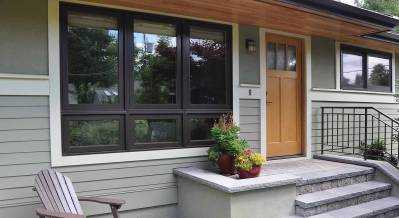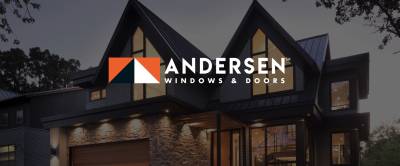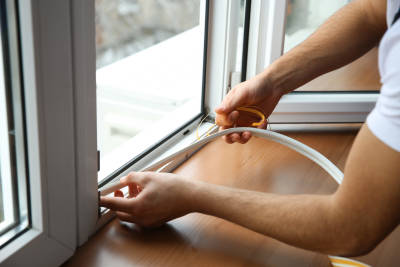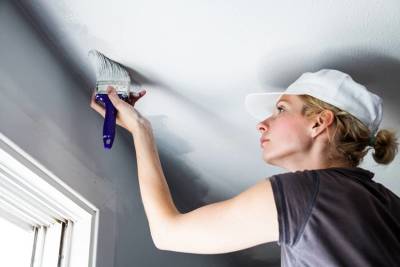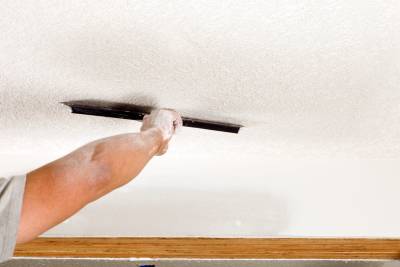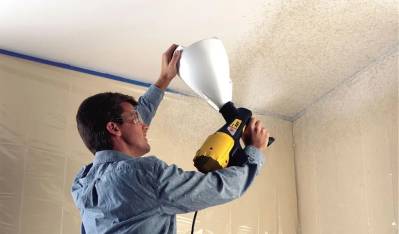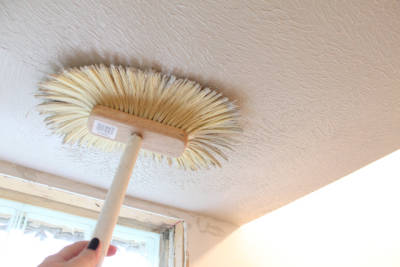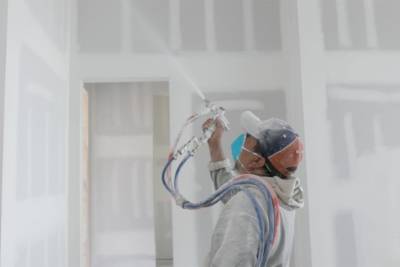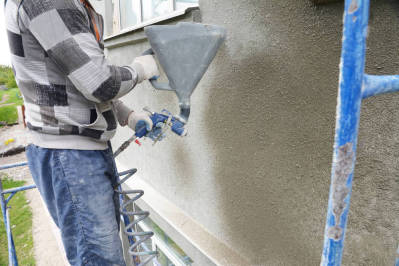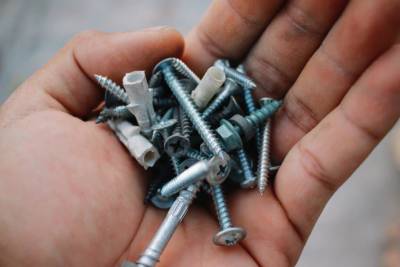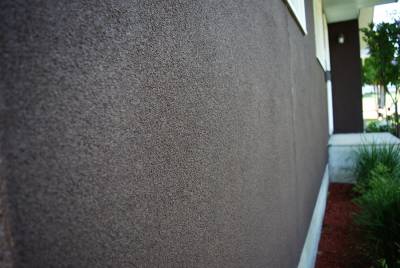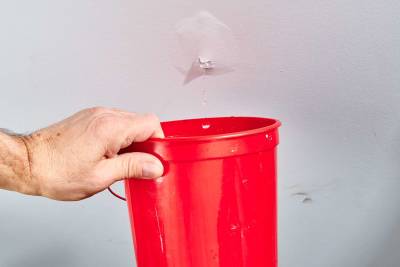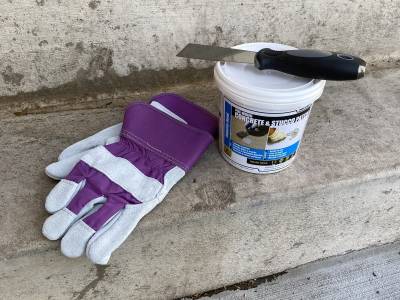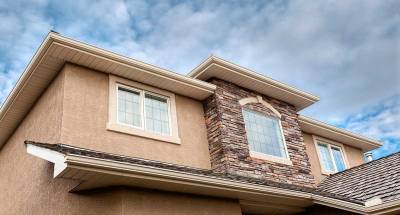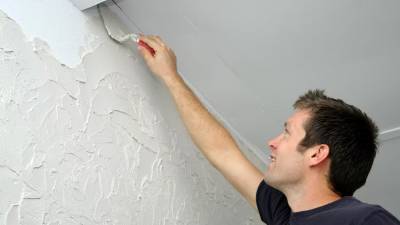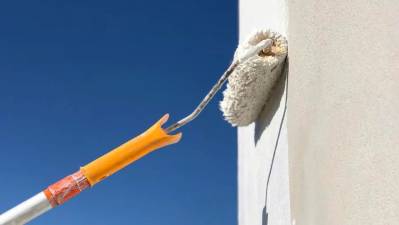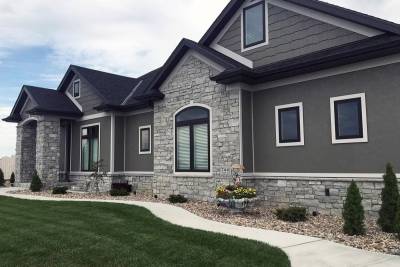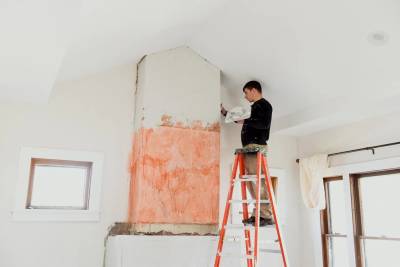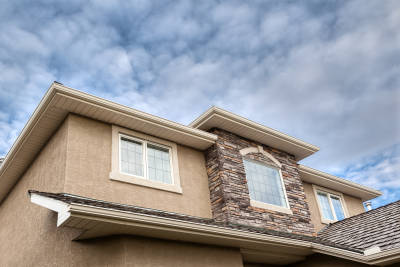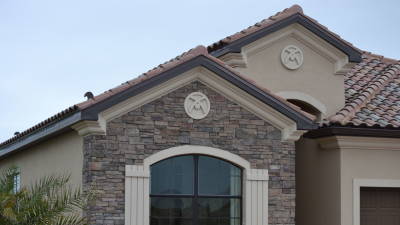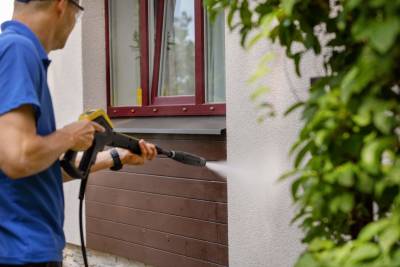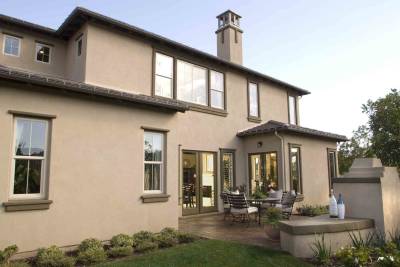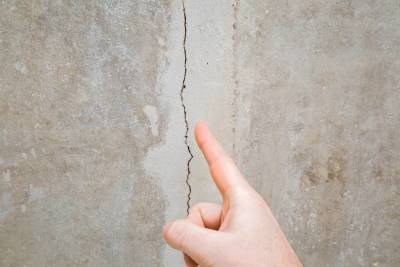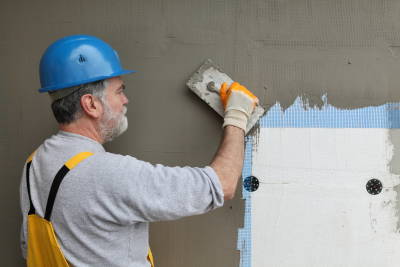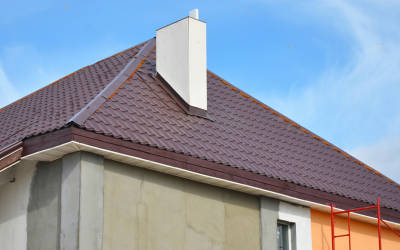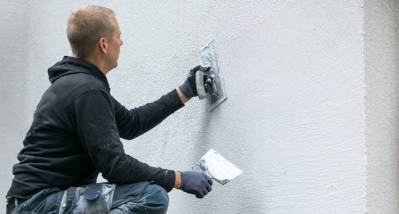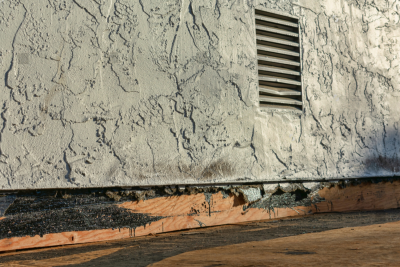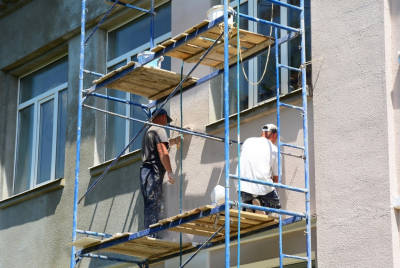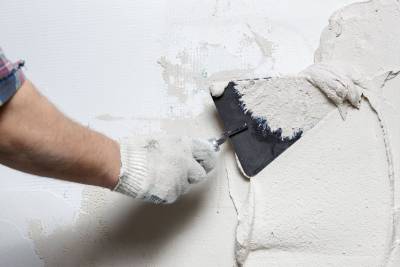Widely adopted in the middle of the 20th century for its durability and affordability, stucco ceiling asbestos is a common feature in many old and traditionally styled homes. However, the discovery of the potentially serious health risks associated with prolonged exposure to asbestos fibers has led to growing concerns among homeowners and construction professionals. This article aims to provide comprehensive information on stucco ceiling asbestos, its health implications, detection methods, and safe removal procedures.
Understanding Stucco Ceiling Asbestos
Stucco ceiling asbestos refers to the use of asbestos in the creation of textured, decorative ceilings. Asbestos was a popular construction material in the mid-20th century due to its resilience to heat, chemical damage, and decay. Its fibrous nature also made it a useful ingredient in stucco mixtures to create textured or popcorn ceilings.
Although the use of asbestos in construction projects was banned in the 1970s, homes and buildings constructed before this period often contain asbestos. Therefore, it is essential for homeowners living in older houses to understand the risks and take the necessary precautions.
Health Risks Associated with Stucco Ceiling Asbestos
The dangers of asbestos come from its fibrous structure, which can release tiny, invisible particles into the air when disturbed. These particles can be inhaled, leading to serious and sometimes fatal health issues, including:
- Asbestosis, a chronic lung disease causing scarring of lung tissue.
- Lung cancer.
- Mesothelioma, a rare form of cancer that affects the lining of the lungs and abdomen.
These risks highlight the importance of proper detection and removal procedures when dealing with stucco ceiling asbestos.
Detecting Stucco Ceiling Asbestos
Asbestos detection can be difficult due to its microscopic nature. It is often mixed with other materials, making it virtually invisible and undetectable without specialized techniques. Homeowners suspecting the presence of asbestos in their homes should consider hiring certified professionals who can safely take samples and perform the required tests.
Professional Asbestos Testing
If your home was built before the 1980s and has stucco ceilings, it's advisable to conduct an asbestos test. Professionals use specialized kits to collect material samples, which are then sent to a lab for analysis. Getting your home tested by professionals is the safest and most reliable way to assess if your property is impacted by stucco ceiling asbestos.
The Safe Removal of Stucco Ceiling Asbestos
If stucco ceiling asbestos is detected in your home, don't panic. The mere presence of asbestos does not pose a threat unless it's disturbed, releasing the harmful fibers into the air. However, planning for its safe removal is a must.
Professional Asbestos Abatement
Removing stucco ceiling asbestos is a job for certified professionals. They have the training, equipment, and knowledge to safely handle and dispose of asbestos while adhering to strict health and safety rules. If you do opt for professional asbestos abatement, be sure the company is licensed, insured, and follows all local, state, and federal regulations.
DIY Asbestos Removal: Not Recommended
While some homeowners may consider removing asbestos-containing materials themselves in an attempt to save money, it is generally not recommended due to the severe health risks involved. Proper equipment, safety measures, and disposal mechanisms are essential to handle asbestos, making it a job best left to professionals.
Living with stucco ceiling asbestos can be a concern for many, but with careful handling and the right precautions, homeowners can safely deal with this issue. Always remember to prioritize health and safety, seek professional help, and act responsibly when dealing with stucco ceiling asbestos.
Frequently Asked Questions About Stucco Ceiling Asbestos
Why is asbestos a concern in stucco ceilings?
Asbestos is a mineral that was commonly used in a variety of construction materials for its heat and fire-resistant properties up to the late 1970s. Stucco ceilings, especially the so-called popcorn or acoustic ceilings, often contained asbestos fibers. The primary concern with asbestos arises when the materials containing it are disturbed or damaged, releasing dangerous microscopic fibers into the air which pose major health risks when inhaled, including lung disease and cancer.
How can I determine if my stucco ceiling contains asbestos?
Since asbestos fibers are microscopic and cannot be detected visually, you would need to have a sample of the ceiling material tested by a certified asbestos abatement professional or a testing laboratory. DIY asbestos testing kits are available, which involve collecting a small sample and mailing it to a lab for analysis. However, proper safety precautions must be followed to avoid releasing asbestos fibers into the air during the sample collection process. It's often safer and more reliable to hire a professional.
What should I do if my stucco ceiling has asbestos?
If you find out that your stucco ceiling does contain asbestos, do not panic. Asbestos is typically not a hazard unless disturbed. If the ceiling is in good condition and undisturbed, it's often safer to leave it as it is. If the ceiling is damaged or if you plan on renovation work that will disturb the ceiling, you should hire a certified asbestos abatement professional to safely remove or encapsulate the asbestos-containing material.
Why was asbestos used in stucco ceilings?
Asbestos was a common ingredient in stucco, drywall, and acoustic ceiling spray because of its excellent sound absorption, fire resistance, and heat-insulating properties. Its fibrous structure allowed it to be easily mixed with other materials to form a versatile compound used in various applications.
When was asbestos banned from use in stucco ceilings?
The use of asbestos in many products, including stucco ceiling compounds, began to decrease drastically in the 1970s as the health hazards associated with asbestos inhalation became more widely recognized. However, it wasn't officially banned in new construction until 1978 in the United States. Still, products with asbestos, including stucco and popcorn ceiling spray, were allowed to be sold until the existing stocks ran out, which means homes built as late as the mid-1980s could potentially still have asbestos-containing ceilings.
Are there alternatives to asbestos in modern stucco ceilings?
Yes, modern stucco ceilings and other building materials now use safe alternatives to asbestos, such as cellulose fibers and fiberglass. These materials provide similar benefits in terms of insulation and acoustic properties without the health risks associated with asbestos.
How can I safely live with stucco ceiling asbestos in my home?
If your ceiling is confirmed to contain asbestos but is in good condition, it’s often safer to leave it untouched. Ensuring minimal disturbance can help prevent the release of asbestos fibers. Common practical measures can include avoiding drilling or nailing into the ceiling, keeping children from throwing objects that could damage the ceiling, and immediately contacting an asbestos abatement professional if any damage occurs.
Pros & Cons of Asbestos in Stucco Ceiling
Pros of Asbestos in Stucco Ceiling
Fire Resistance
Asbestos was widely used in building materials, including stucco ceiling, because it offers strong fire-resistant qualities. This property of asbestos can help in reducing the spread of fires in buildings.
- Thermal Insulation: Asbestos is an excellent insulator which can help in maintaining the temperature of the room. It prevents cold air from entering the house during winter and restricts hot air in the summer.
- Sound Absorption: Asbestos in stucco ceilings effectively absorbs sound, which can add to the quietness and calmness of a home.
- Sturdy and Durable: Stucco ceilings that contain asbestos are known for their significant durability. They can sustain for decades without much need for maintenance or replacement.
- Cost-effective: Due to its robustness and low maintenance, the use of asbestos in stucco ceilings can be very cost-effective in the long run.
Cons of Asbestos in Stucco Ceiling
Health Risks
Asbestos is hazardous to human health. Disturbed asbestos materials release fibers that, when inhaled, can cause severe health problems, including lung diseases and cancer.
- Potential for Asbestos Exposure: While undamaged and undisturbed stucco ceiling asbestos might not pose a direct threat, it may become hazardous when disturbed during home renovations or demolitions.
- Asbestos Removal Problems: Removing stucco ceilings that contain asbestos can be quite challenging and expensive. It requires professional assistance and precautions to avoid asbestos exposure.
- Property Value Reduction: As people today are aware of the health risks associated with asbestos, a property with stucco ceiling asbestos could be less appealing to potential buyers, leading to a reduction in its real estate value.
- Inspection and Maintenance: When a stucco ceiling contains asbestos, it requires frequent inspection to check for any damage that might lead to the release of harmful fibers into the air.
Detailed Considerations for Stucco Ceiling Asbestos
Regulatory Concerns
Both governmental and environmental agencies regulate the use, management, and removal of asbestos-containing materials, including stucco ceiling asbestos. This can bring about certain complications if these materials are present in a property.
- Legal Obligations: There are various legal obligations associated with the maintenance and removal of asbestos materials. Non-compliance can lead to fines and legal penalties.
- Asbestos Disclosure: If selling a property, the presence of stucco ceiling asbestos has to be disclosed to potential buyers.
- Professional Asbestos Abatement: If removal is deemed necessary, it should be performed by licensed professionals, as the process of asbestos abatement includes specific procedures designed to keep the fibers from becoming airborne.
In summary, while stucco ceiling asbestos offers certain advantages, such as durability and fire resistance, the cons heavily outweigh the pros. The material's hazardous impact on health and the significant challenges related to its safe removal make it less suitable for use in contemporary construction practices.
Summary
The risk of stucco ceiling asbestos is a serious concern. While generally not harmful if undisturbed, it can pose great health risks when broken or damaged. Remember, any structure built before 1977 might contain asbestos, so if you have a stucco ceiling from that time, getting it checked by professionals is vital. Be sure to never scrape or disturb it yourself, protecting your family from potential health hazards.
Asbestos was once commonly used in construction materials, like stucco ceilings, due to its excellent insulation properties and heat resistance. Even though asbestos has been banned in many countries, there are older homes that may still have stucco ceiling asbestos. If you plan on renovating or buying an older house, it's essential to have it inspected and, if necessary, properly abated by professionals to prevent harmful asbestos fibers from being released into the air.
If you believe your home has stucco ceiling asbestos, don't try to remove it yourself. Asbestos is a dangerous substance when disturbed, and removing it improperly can circulate harmful dust particles throughout your home. Hire a certified professional who is trained to safely remove asbestos. They can ensure that your home is safe and free from this hazardous material, giving you peace of mind in knowing your environment is clean and safe.
About Atlas Stucco
Welcome to Atlas Stucco of Sacramento, CA. For years, we've been transforming properties with our high-quality stucco services. Our professional team is dedicated to offering unparalleled customer service and outstanding craftsmanship. We're not just in the business of creating stunning stucco structures, but we're passionate about creating a community where every building tells a beautiful story. Whether it's residential, commercial or industrial, get ready to embark on a journey of architectural elegance that can only be delivered by Atlas Stucco.
Tags: asbestos, stucco ceiling, health risks,












